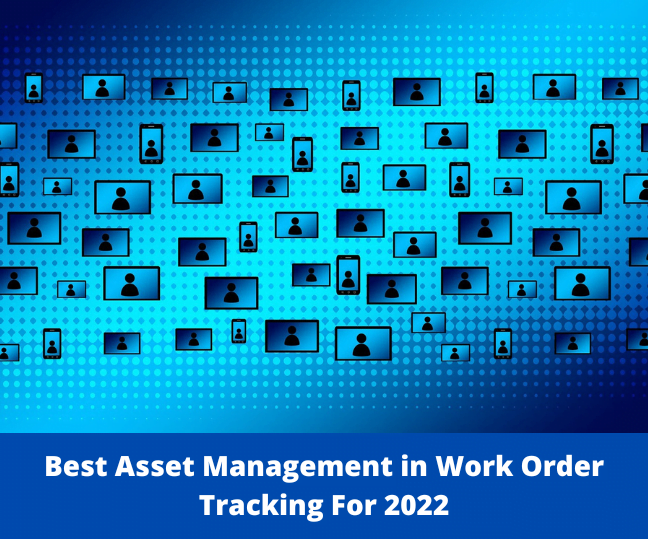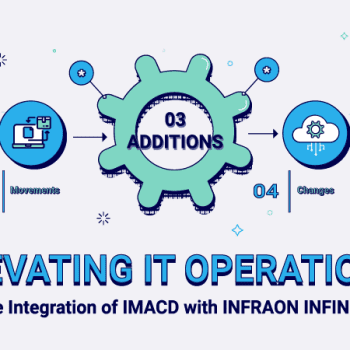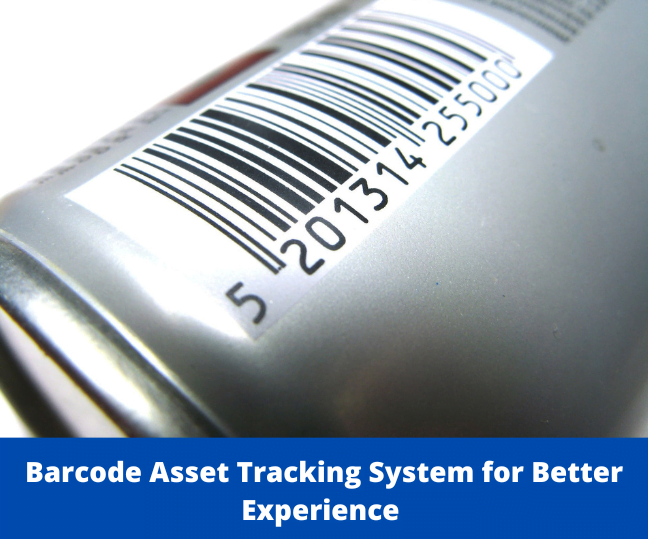A Fixed Assets Management System is a comprehensive software solution or framework designed to assist businesses in effectively tracking, managing, and optimizing their fixed assets. Fixed assets are long-term resources that a company owns and uses to support its operations or generate income. These assets typically have a significant value and are expected to provide long-term benefits to the organization. Examples of fixed assets include buildings, machinery, vehicles, land, furniture, patents, and trademarks.
The primary purpose of a Fixed Assets Management System is to streamline and automate the processes associated with managing fixed assets throughout their lifecycle. This system provides businesses with a centralized platform where they can store, organize, and analyze asset-related data, facilitating better decision-making, improved operational efficiency, and enhanced financial control. By implementing such a system, companies can gain a holistic view of their fixed assets, enabling them to make informed decisions regarding repairs, maintenance, replacements, and disposal.
One of the key advantages of a Fixed Assets Management System is that it enables businesses to accurately track the location, movement, and usage of their fixed assets. This tracking functionality is often facilitated through the use of technologies such as barcodes, QR codes, RFID tags, or GPS tracking. By leveraging these technologies, organizations can easily identify and monitor their assets, ensuring that they are being utilized effectively and are in the right place at the right time. This improves asset visibility, reduces the risk of loss or theft, and enhances overall asset utilization.

Overall, a Fixed Assets Management System provides businesses with a comprehensive and integrated approach to effectively manage their fixed assets. By leveraging the capabilities of such a system, organizations can optimize asset utilization, minimize maintenance costs, improve financial control, and make informed decisions regarding their asset portfolio. Whether it’s physical assets, intangible assets, or real estate properties, a well-implemented Fixed Assets Management System can significantly enhance operational efficiency and support long-term business success.
Related article: The 10 Best Fixed Asset Management Software in 2023
Benefits of a Fixed Assets Management System
A Fixed Assets Management System offers numerous benefits to businesses, empowering them to make informed decisions, comply with tax regulations, avoid poor inventory management, maintain health and safety compliance, and optimize costs. Let’s explore these benefits in more detail.
Informed decision-making: One of the primary advantages of implementing a Fixed Assets Management System is the ability to make informed decisions regarding asset management. The system provides comprehensive data on asset repairs, maintenance costs, depreciation, and overall asset value. With this information at their fingertips, business owners and stakeholders can strategically plan asset purchases, optimize maintenance schedules, and assess the financial impact of different asset management strategies. By making well-informed decisions, organizations can ensure that their asset portfolio aligns with their business goals and maximize the return on their investments.
Tax compliance: Accurate and up-to-date records of fixed assets are crucial for tax compliance. A Fixed Assets Management System simplifies the process of generating tax reports and ensures that businesses meet all regulatory requirements. It tracks asset depreciation over time, calculates tax implications, and provides the necessary documentation for tax audits. By automating these processes, the system reduces the risk of errors and ensures that businesses are compliant with tax laws, minimizing the potential for penalties or legal issues.

Avoiding poor inventory management: Poor inventory management can have significant financial implications for businesses. Implementing a Fixed Assets Management System helps organizations avoid the pitfalls associated with ineffective inventory management. The system provides real-time visibility into asset availability, location, and utilization. By efficiently tracking assets, businesses can prevent unnecessary purchases, optimize asset allocation, and reduce costs associated with excess or underutilized inventory. This enables organizations to make better use of their existing assets, improve operational efficiency, and allocate resources more effectively.
Health and safety compliance: In industries that deal with hazardous or regulated assets, maintaining health and safety compliance is of utmost importance. A Fixed Assets Management System plays a vital role in ensuring compliance with health and safety regulations. It aids in tracking safety inspections, maintenance records, and certifications associated with specific assets. By centralizing and automating these processes, businesses can ensure that their assets are properly inspected and maintained, reducing the risk of health and safety violations. This not only protects the workforce but also helps organizations maintain a positive reputation and avoid legal liabilities.
Cost optimization: Efficiently managing fixed assets directly contributes to cost optimization. A Fixed Assets Management System enables businesses to schedule preventive maintenance, identify potential issues early on, and avoid expensive repairs or asset replacements. By implementing proactive maintenance strategies, organizations can maximize the lifespan of assets and reduce the risk of unexpected breakdowns or failures. This minimizes downtime, improves operational efficiency, and ultimately reduces maintenance costs. Additionally, the system provides insights into asset performance, allowing businesses to identify underperforming assets and make data-driven decisions regarding repairs, replacements, or divestment. By optimizing costs associated with asset maintenance and utilization, organizations can allocate resources more effectively and enhance their overall financial performance.
With the benefits of a Fixed Assets Management System established, let’s explore the types of assets typically managed by such a system.
Types of Assets Managed by a Fixed Asset System
A Fixed Asset Management System is designed to handle various types of assets within an organization. Let’s delve into the three main categories of assets that can be effectively managed by such a system: physical assets, intangible assets, and real estate assets.
Physical Assets
Physical assets are tangible assets that are prominently featured on a company’s balance sheet under the Property, Plant, and Equipment (PP&E) category. These assets include a wide range of items that are crucial for business operations. Some examples of physical assets are infrastructure, buildings and property, land, machinery and equipment, office equipment, vehicles, and furniture and fixtures.
Physical assets play a vital role in the day-to-day functioning of a business, and their proper management is essential for maximizing their lifespan and value. A Fixed Asset Management System enables organizations to track and monitor these assets effectively. By recording details such as purchase date, maintenance history, location, and depreciation, businesses can gain comprehensive visibility into their physical asset portfolio. This allows them to optimize maintenance schedules, minimize downtime, and extend the useful life of these assets.
Intangible Assets
In addition to physical assets, many businesses also possess valuable intangible assets that contribute significantly to their overall value. Intangible assets refer to non-physical assets that represent intellectual property and other forms of value that are not easily quantifiable. Examples of intangible assets include copyrights, trademarks, patents, licenses, brand names, software, and customer databases.
Managing intangible assets can be complex, as their value lies in their intellectual capital and legal protection. A Fixed Asset Management System plays a crucial role in accurately tracking and managing these assets. By maintaining a centralized repository of information related to intangible assets, businesses can ensure compliance with licensing agreements, protect their intellectual property rights, and maximize the return on their intangible investments. The system enables organizations to monitor the usage, renewal dates, and legal obligations associated with intangible assets, providing them with the necessary insights to make informed decisions about their intellectual property assets.
Real Estate Assets
Real estate assets are properties owned by a business for the purpose of generating income or carrying out its operations. These assets encompass a wide range of properties such as office buildings, factories, warehouses, and land. Managing real estate assets efficiently is crucial for businesses as they often represent significant investments and have long-term financial implications.
A Fixed Asset Management System can effectively handle the management of real estate assets. It enables businesses to track important information related to their properties, such as lease agreements, rental income, maintenance schedules, and occupancy rates. By centralizing this data, organizations can easily monitor the performance of their real estate assets, make informed decisions about property-related expenses, and ensure that maintenance and repairs are conducted timely and cost-effectively.
Now that we understand the types of assets managed by a Fixed Asset Management System, let’s explore the key features and components of such a system.
Features and Components of a Fixed Asset Management System
Asset Tracking Software
Asset tracking software is a fundamental component of a Fixed Asset Management System. This software enables businesses to track and manage their fixed assets effectively. It provides information on asset location, ownership, maintenance history, depreciation, and financial reporting. Asset tracking software supports various approaches to monitor asset locations, including the use of physical devices (such as barcodes, QR codes, and RFID tags) and assigning responsible parties to each asset.

Financial Statements and Custom Reports
A robust Fixed Asset Management System allows businesses to generate financial statements and custom reports tailored to their specific requirements. These statements and reports provide valuable insights into inventory management, asset performance, maintenance schedules, and overall financial health. Custom reports can be designed to meet industry-specific regulations, ensuring accurate and meaningful analysis of fixed assets.
Maintenance Costs and Schedule
Maintenance is a critical aspect of managing fixed assets. A Fixed Asset Management System facilitates effective maintenance cost tracking and scheduling. Regular maintenance minimizes unnecessary expenses, prolongs asset lifespan, and ensures optimal asset performance. The system maintains accurate records of maintenance activities, including service history, warranty information, and scheduled maintenance tasks. Some advanced systems even integrate maintenance management software, automating tasks such as scheduling, alert generation, and data entry.
Asset Register for Recordkeeping
An asset register is a comprehensive record of all fixed assets within an organization. It serves as a centralized repository for asset-related information, including purchase costs, maintenance schedules, and last known locations. A Fixed Asset Management System streamlines record-keeping by maintaining an organized and easily accessible asset register. This register helps businesses efficiently manage financial accounting, track asset-related information, and support auditing processes.
Related blog: Fixed Assets Inventory and its Importance
Bar Codes and Asset Tags for Identification Purposes

Bar codes, QR codes, RFID tags, and GPS trackers play a vital role in identifying and tracking assets within a Fixed Assets Management System. These identification tools enable real-time location tracking, monitoring of asset performance, and easy accessibility of asset information. By using asset tagging devices, businesses can reduce equipment loss, prevent theft, streamline asset identification processes, and minimize maintenance costs.
Hence, a Fixed Assets Management System offers numerous advantages for businesses in effectively tracking, managing and optimizing their fixed assets. From physical assets to intangible assets and real estate, such a system ensures accurate record-keeping, informed decision-making, compliance, and cost optimization. By leveraging features like asset tracking software, financial reporting, maintenance management, asset registers, and asset tagging, businesses can streamline their asset management processes and drive operational efficiency in the ever-evolving business landscape of 2023.


















